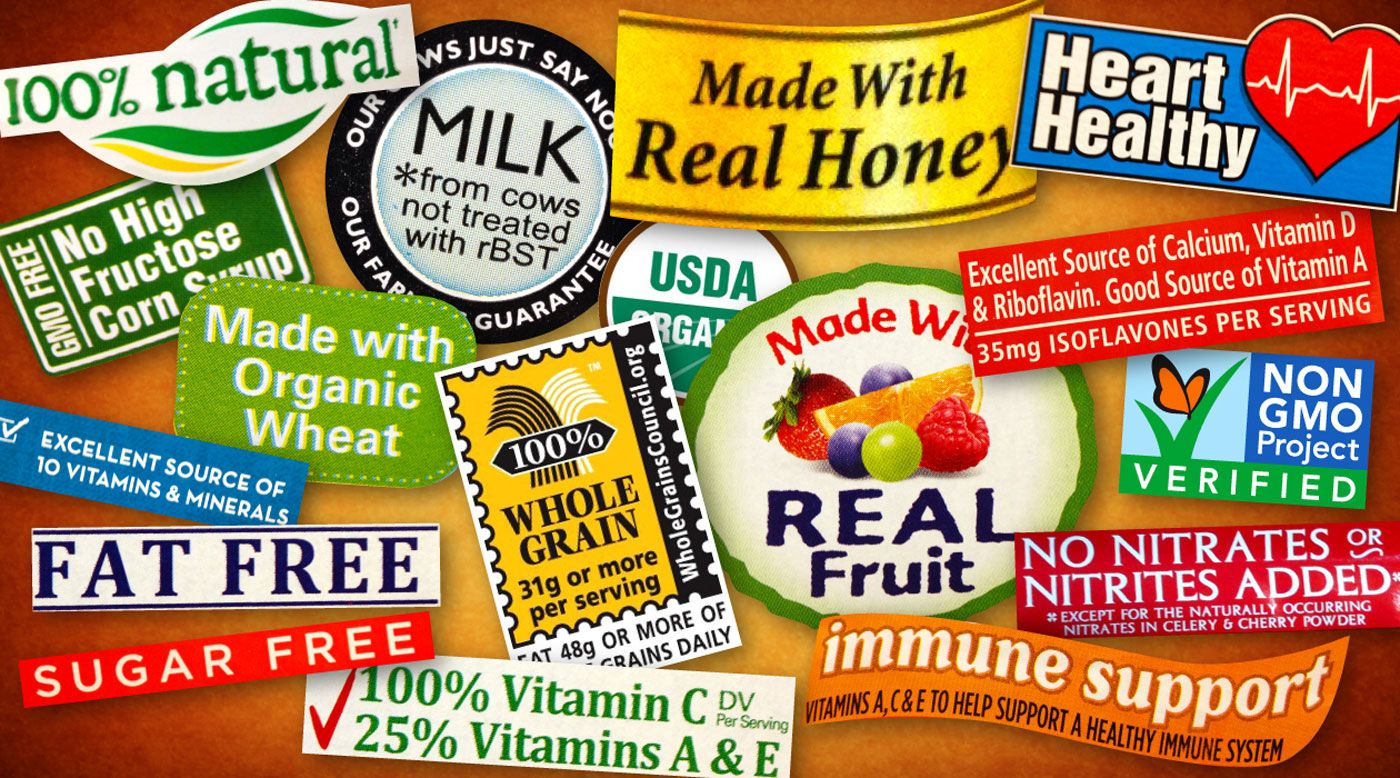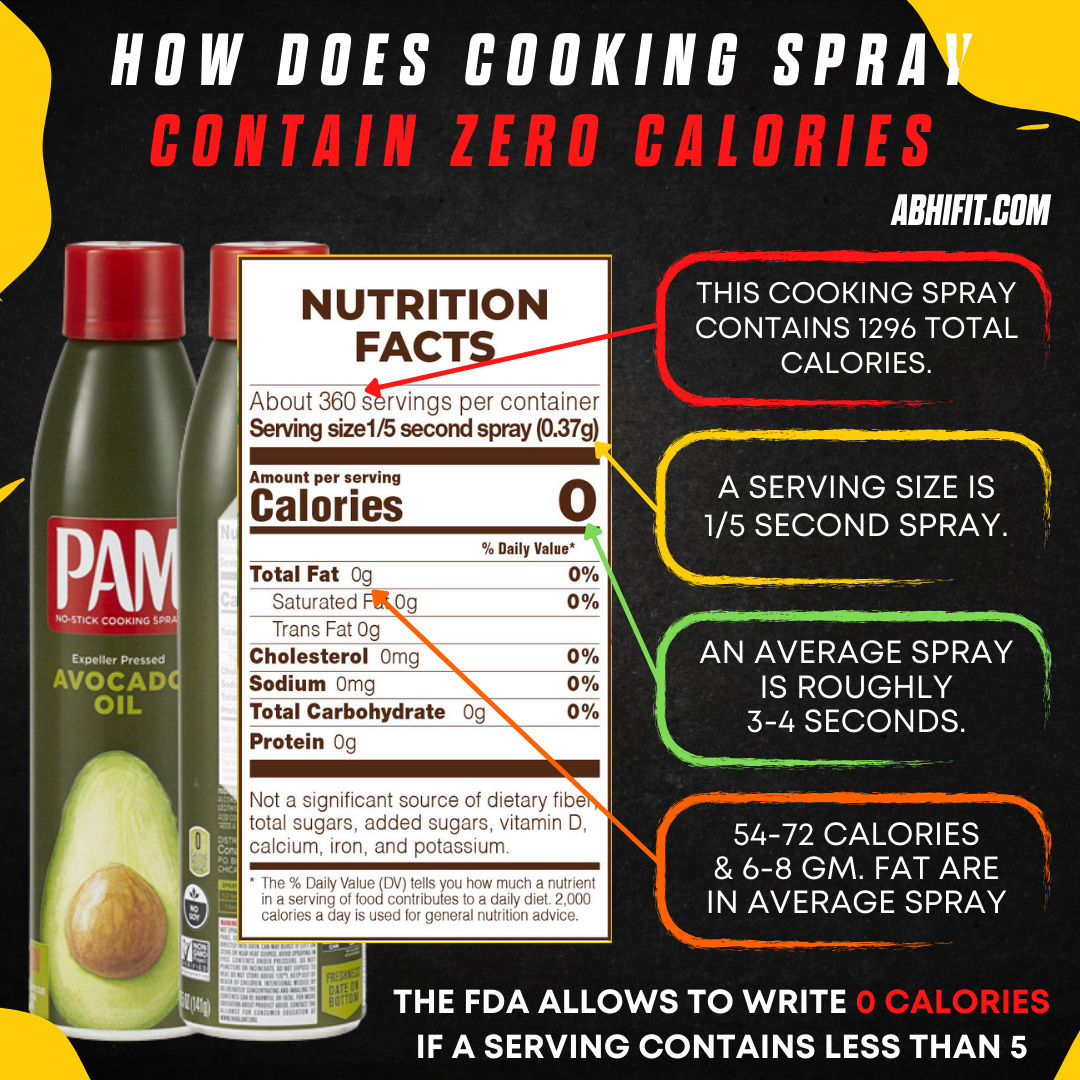
Nutrition Label Catchphrases & Deceptions
The food we eat impacts our training, strength, performance and muscle growth. Therefore, it is important to intelligently select what we eat and consequently get the most out of our carefully planned diets and rigorous training regimes.
Food items come in wrappers or boxes, which have labels printed on them. You can learn how to understand nutrition labels in our article here.
The current marketing trend is to use ‘Catchphrases’ on packaging and in this article we share in detail about catchphrases & deceptions.
CATCHPHRASES – “DON’T BE FOOLED”
Browse through a supplement store and you’ll see products labeled with popular phrases or buzz words that appeal to the common consumer. Many supplements are great, but there are bad apples that rely on gimmicks to appeal to consumers.
The fact that you are reading this article means that you don’t want to be misled by such marketing phrases.
CATCHPHRASES – “WHAT THEY MEAN”
“All Natural”
This term tends to lead people to believe that the product is inherently healthier. However, it only means that artificial ingredients were not added and the product was minimally processed but does not indicate the quality or effect it has on your body. Natural is a mostly unregulated term with no real teeth to it. For example, vegetables are natural and so is a compound like arsenic, which is “all natural,” but consuming it could kill you. That’s an extreme example, but the message is the same: “All natural” doesn’t make a product better for you.
“No Sugar Added”
Food labels that claim ‘no added sugar‘ can be deceiving. Just because sugar was not added into the product does not mean that the sugar content is low. Technically, raw cane sugar can be labeled as ‘no sugar added’ too. ‘No added sugar’ is the most misleading nutrition claim of all.
“Sugar-Free”
According to the FDA, a food is considered “sugar-free” if it contains less than 0.5 grams of sugar per serving. It’s important to note the actual number of servings in the food because there may still be a small amount of sugar, even with a sugar-free claim. What’s more, sugar-free includes naturally occurring and added sugars, but doesn’t include artificial sweeteners or sugar alcohols. Check the ingredient list for artificial sweeteners or sugar alcohols, both of which are used to enhance flavor in the absence of sugar. Some artificial sweeteners can also impact your blood sugar levels just as easily as regular sugar Common sources of “sugar-free” on food labels include chewing gum, pancake syrup, fruit preserves, candy, and more.
“Unsweetened”
If you see this term on a food label, it means the product contains no added sugars, artificial sweeteners, and sugar alcohols whatsoever. Again, it doesn’t mean the food is sugar–free, as it may have naturally occurring sugars.
“Zero Trans Fats”
Zero transfat means “less than 0.5 grams of transfat per serving.” Thus, if serving sizes are misleadingly small, the product may still contain transfat.
Trans-fat is considered the worst type of fat you can eat. Unlike other dietary fats, trans-fat — also called trans-fatty acids — raises your “bad” cholesterol and also lowers your “good” cholesterol.
The key is to read the ingredient list and look for either “partially hydrogenated” or “hydrogenated”, which means that there are transfats present.
“Organic”
The organic label is based on the methods of farming employed for the produce, dairy, and meat. Organic is “an integrated farming system that strives for sustainability, the enhancement of soil fertility and biological diversity while, with rare exceptions, prohibiting synthetic pesticides, antibiotics, synthetic fertilizers, genetically modified organisms, and growth hormones.”
It emphasizes water and resource conservation while reducing pollution. It does not ensure that the products are free of contaminants or pollutant residue.
“Fat-Free”
FDA allows a company to label a food as “fat-free” if it contains less than 0.5 grams of fat per serving. It does not mean that there is literally no fat in it at all
For example, if you have a box of “fat-free” cookies, the serving size is only one cookie, and that cookie is almost a half gram of fat, then if you eat six cookies, you have consumed almost 3 grams of fat. If you eat a dozen, then that is nearly 6 grams of fat.
Also, often “fat-free” is an indicator that other ingredients have been added to improve the consistency and flavor of the product to compensate for the lack of fats. Binders or thickener, lots of sugars, and/or artificial sweeteners are regularly found in excess in such products, none of which are beneficial to your physique goals. These additional ingredients can inhibit digestion and nutrient absorption.
“Light”
FDA’s final regulations provide a specific definition for “light” (or “lite”). “Light,” without any additional clarification, may only describe a food which has been significantly reduced in fat, calories, or sodium. When a food label uses the term “light” or “lite” it indicates that a food has one third fewer calories or 50% less fat, or 50% less sodium than a comparable product.
However, this usually means less fat and more sugar.
Also, lite can simply refer to the color, such as with olive oil or syrups, and the calories are exactly the same. Read carefully.
“Made with Real Fruit”
What can be more deceptive than this? As long as there is more than 0% of actual fruit in a product it can be claimed to be made with real fruit, even if the other 99.9% is unhealthy chemicals.
“Free-Range (poultry)”
This does not mean that the birds were raised exclusively outdoors and allowed to roam around a wide-open field all day.
According to the U.S. Department of Agriculture (USDA), free range means that chickens have access to the outdoors for at least some part of the day, whether the chickens choose to go outside or not. There are no requirements for length of time the chicken must spend outdoors, the size of the outdoor area or the type of groundcover.
Therefore, it simply means that the birds were allowed outside regularly rather than being kept in cages 24/7.
“Fresh Poultry”
A meat product is determined ‘fresh’ if its temperature has never been below 26 degrees F. This means if you touch it the product is still pliable. Fresh poultry must also be labeled with a statement that says “keep refrigerated” this means you must store this product in a refrigerator at 40 degrees F or below to keep it safe. It has no relation to the age of the meat since harvesting.
“0 Calories”
Ever wondered how an oil spray has 0 calories and 0 fat?
See these calculations to understand what’s happening and why you should be careful of nutrition labels:
This cooking spray contains 360 servings.
Serving size is 1/5 second spray (0.37g).
Hence, there are 72 seconds of spray in this can.
In a 1 second spray, there are 18 calories and 2g fat.
This means there are 1296 calories and 144g fat total in this can.
Moreover, an average spray seems to be around 3 to 4 seconds.
This means an average spray has around 54 to 72 calories and 6g to 8g fat.
The FDA allows companies to write “0 Calories” if a serving contains less than 5 calories.
Hence, such cooking sprays are able to say “0 Calories” by reducing their serving size to a very short duration (and hence quantity).
Yes, they will add very less calories if you’ll spray very little, however, will you really spray so little? If yes then good for you.
In any case, please be mindful when you read such labels which claim to be “0 Calories” or any such extreme claims.
CONCLUSION
From now, whenever you see a catchphrase then make an informed and intelligent decision by thoroughly reading the product label to see if you really want to consume that packaged product.
Email your Name and WhatsApp No. to info@abhifit.com if you want to receive a notification whenever we publish a new article.
Many female and male clients have greatly benefited from Abhinav’s strong experience as a top personal trainer and nutritionist in Dubai, UAE. You can see some of his client transformations here.
You’re welcome to contact Abhinav to achieve your fat loss, muscle & strength gain and figure / physique transformation goals!
Get Fit Now!


About Author
Abhinav Malhotra
Abhinav Malhotra is an award-winning personal trainer, coach and sports nutritionist in Dubai, UAE. He also offers online services to clients around the world. A personal trainer par excellence, Abhi has worked with the world’s leading fitness chains, supplement brands and founded his own fitness academy in India. He has achieved successes for many clients from all backgrounds and has trained the Indian Army Rugby Team. He is the first International Kettlebell Sport athlete from India.


